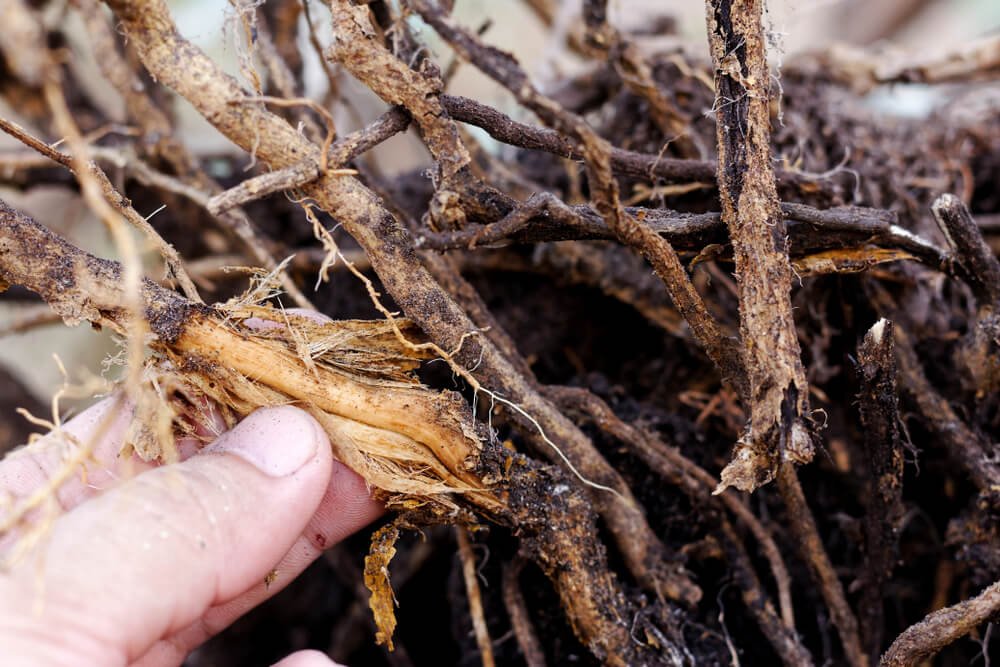Preventing Tree Root Intrusion in Sewer Lines: A Comprehensive Guide
Tree roots infiltrating sewer lines can be a persistent and costly problem, posing a significant threat to your plumbing infrastructure. In this blog post, we will delve into the reasons behind tree root intrusion and explore effective methods to prevent and eliminate this issue.
Understanding Tree Root Infiltration
Tree roots often find their way into sewer lines due to a combination of factors:
Nutrient and Water Attraction: Seeking nutrients and water, tree roots are naturally inclined to invade sewer lines, which contain both organic matter and moisture.
Condensation and Cracks: Small condensation and cracks in sewer pipes emit moisture and odor, acting as an alluring signal for tree roots.
Warmth: Sewer lines typically maintain a higher temperature compared to the surrounding soil, making them an attractive spot for tree roots, especially during colder seasons.
Effective Measures to Combat Tree Root Intrusion
Dealing with tree roots in sewer lines necessitates several viable approaches:
Chemical Root Inhibitors: Chemical root inhibitors can temporarily alleviate the problem. These herbicides, often based on copper sulfate or foaming agents, can kill tree roots, though they are not a permanent solution. It's important to note that they can potentially harm the tree and pose environmental risks.
Mechanical Root Removal: Utilizing augers, rodding, or jetting equipment, mechanical root removal effectively severs and eliminates tree roots from the pipes. While this approach offers temporary relief, root regrowth is possible over time.
Hydro Jetting: Hydro jetting stands out as an efficient method for clearing tree roots. High-pressure water is employed to dislodge the roots and thoroughly clean the interior of the pipes, making it harder for roots to regrow.
Pipe Relining: In cases of extensive root intrusion or pipe damage, pipe relining offers a lasting solution. This entails installing a durable lining within the existing pipe, effectively sealing off cracks and thwarting root intrusion.
Replacement: When pipes are severely damaged by tree roots or other factors, pipe replacement may become necessary. This may incur higher costs but often represents the most enduring solution.
Proactive Tree Root Prevention
Preventing tree roots from infiltrating your sewer lines is the best course of action. To achieve this, consider these practical steps:
Thoughtful Tree Selection: When planting trees on your property, opt for species with less invasive root systems.
Safe Planting Distances: Ensure that trees are planted at a safe distance from sewer lines to minimize the risk of root intrusion.
Routine Inspections: Implement a regular schedule for sewer line inspections to detect root intrusion early and implement preventative measures.
Root Barriers: Utilize physical or chemical root barriers in the soil surrounding your sewer lines to deter root growth.
Professional Maintenance: Collaborate with experienced plumbing professionals to devise a robust root prevention strategy and ensure regular maintenance of your sewer lines.
Conclusion
Tree roots infiltrating sewer lines can be a persistent plumbing issue, causing blockages, leaks, and significant repair costs. While there are methods available to remove roots from pipes, the best approach is to prevent root intrusion from occurring in the first place. By taking proactive measures and seeking expert guidance, you can avoid the inconvenience and expenses associated with tree roots infiltrating your sewer lines.

